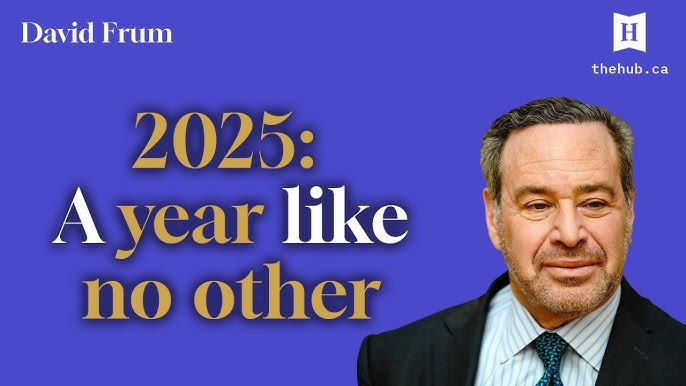
Peter Goodman: The Messy Reality of ‘Made in America’
The construction of a giant factory complex in Arizona was supposed to embody the Trump administration’s ability to bring manufacturing back to the United States.…
Thought Leader: Peter Goodman

Most workplace experts define a good company culture as having a positive and productive work environment. This translates into a strong mission statement, open communication, emphasis on well-being, team collaboration and more. For employees, a good company culture is one where they feel valued, supported and empowered to contribute their best work.
At a moment when attracting and retaining talent is crucial, I constantly observe heads of HR and Chief Culture Officers calling out the impressive aspects of their company culture: robust wellness programs, modern workspaces and inclusion initiatives. Yet according to Gallup’s 2024 Employee Engagement survey, only 20% of employees are extremely satisfied at work; just 47% know what’s expected of them at work; and a meager 34% report being able to “do what they do best.”
My theory for this disconnection? Benefits are irrelevant if your daily work is “broken.” People are drowning in meetings and emails, and exhausted by task lists that drain our energy and morale. While certain perks undoubtedly attract employees, they’re not enough to retain them. After all, if amazing perks and Instagram-worthy workspaces kept employees happy and engaged, Google would have a 100% retention rate…but they don’t.
Redefine Culture as Daily Work
Culture is the work we do every day. And after writing a few books on this topic, I believe if you get the work right, you’ll get the culture right. And when your culture is about valuable work instead of nonstop meetings and emails, employees are more likely to remain with your company — and stay engaged. In fact, the same Gallup study also reported that employees are 87% less likely to leave a job if they are engaged and motivated in the workplace.
Keep in mind that the C-suite typically experiences culture differently than employees. Leadership usually spends their time focused on broad strategic goals and high-level interactions while employees experience culture primarily through their daily work activities on the team level. When someone asks your team members how they spend their day, what’s their likely response? If it’s “meetings and emails,” then this defines your company culture.
Improve Culture Through Work Habits
Conversely, if your team members describe a typical day as “working on innovative projects, collaborating with teams/colleagues, and client interactions,” that’s your culture. By focusing on employees’ daily work — and how that work does or doesn’t get done — you’ll get to the core of what makes work in your org joyful or miserable. Are employees encouraged to use ChatGPT to increase productivity? Empowered to decline meetings when no Decision-Maker is attending? Suggest workarounds that save others time and frustration?
Shifting your attention to shortcuts, better workflows and empowering people to spend their time wisely will reduce their stress levels as well as improve morale. And according to Tiffany Bova, author of The Experience Mindset, the same things “we want from a better employee experience can come from having better work.”
Unsurprisingly, engaged employees are more productive than employees who are not engaged on the job. In fact, HBR found that orgs with engaged employees are 22% more productive than orgs with low employee-engagement and satisfaction rates. Additionally, employees who feel their skills and strengths are utilized — rather than squandered on non-valuable work — are more likely to trust their managers and remain engaged with work.
To start boosting engagement and shaping a culture that involves more than emails and meetings, try these powerful yet simple tactics .
Let’s stop pursuing cultures that are Instagram-friendly but devoid of employee meaning and business value. Let’s start helping teams focus on the work that matters, brings them satisfaction, and drives engagement. This is how we shift our culture away from superficial perks and toward one that values its people so much that they’re empowered to spend their day applying the skills for which we hired them.
This article was written by Lisa Bodell. Contact us for her speaking availability.
Peter Goodman: The Messy Reality of ‘Made in America’
The construction of a giant factory complex in Arizona was supposed to embody the Trump administration’s ability to bring manufacturing back to the United States.…
Thought Leader: Peter Goodman
David Frum breaks down 2025’s defining moments
Leading author, journalist, and thinker David Frum and The Hub’s editor-at-large Sean Speer reflect on the most significant political developments of 2025. They discuss a…
Thought Leader: David Frum
Dr. Sanjay Gupta: How Storytelling Shapes Memory
The holidays are full of stories, laughter, and maybe a little disagreement. Ever try telling a story and hear someone say, “That’s not what happened!”? There’s actually science behind it. Dr. Signy…
Thought Leader: Sanjay Gupta

